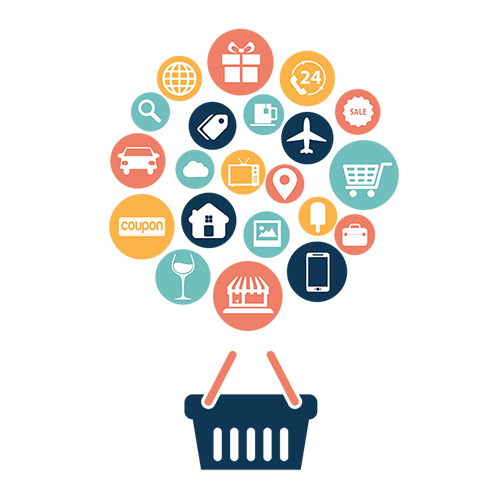 Retail erp
Retail erp
Programming & Tech
Retail erp development
Product Info
Retail ERP development involves creating a specialized software system for the retail industry to manage business operations such as inventory, sales, finances, and customer relationships. It includes steps such as requirement analysis, system design, development, testing, deployment, training, and ongoing maintenance. The goal is to provide a comprehensive solution that streamlines retail processes and improves overall efficiency.Descrition
-
Retail ERP (Enterprise Resource Planning) development involves creating a software system specifically designed for the retail industry to manage various business operations such as inventory management, sales tracking, customer relationship management, financial management, and more. Here are the key steps involved in developing a retail ERP system:
-
Requirement Analysis: Understand the specific needs and requirements of the retail business, including processes, workflows, and pain points. This step involves conducting meetings and discussions with stakeholders to gather comprehensive information.
-
System Design: Based on the requirements, create a design that outlines the architecture, modules, and functionalities of the ERP system. This includes database design, user interface design, and integration requirements with other systems.
-
Development: Develop the ERP system using appropriate programming languages, frameworks, and technologies. This step involves coding the various modules, implementing business logic, and integrating different components.
-
Testing: Conduct thorough testing of the ERP system to ensure it functions as expected and meets the specified requirements. This includes unit testing, integration testing, performance testing, and user acceptance testing.
-
Deployment: Once the ERP system has been tested and approved, it can be deployed to the production environment. This involves setting up the necessary infrastructure, configuring the system, and migrating data from existing systems if required.
-
Training and Documentation: Provide comprehensive training to the retail staff on how to use the ERP system effectively. Create user manuals and documentation to assist users in understanding the system and its functionalities.
-
Maintenance and Support: After the ERP system goes live, ongoing maintenance and support are crucial. This includes bug fixes, updates, and addressing any issues or enhancements that may arise during usage.
It's important to note that retail ERP development can be complex and time-consuming. It often requires a team of skilled developers, business analysts, and project managers with expertise in retail processes and technology. Additionally, customization options may be necessary to tailor the ERP system to the specific needs of the retail business.
-

